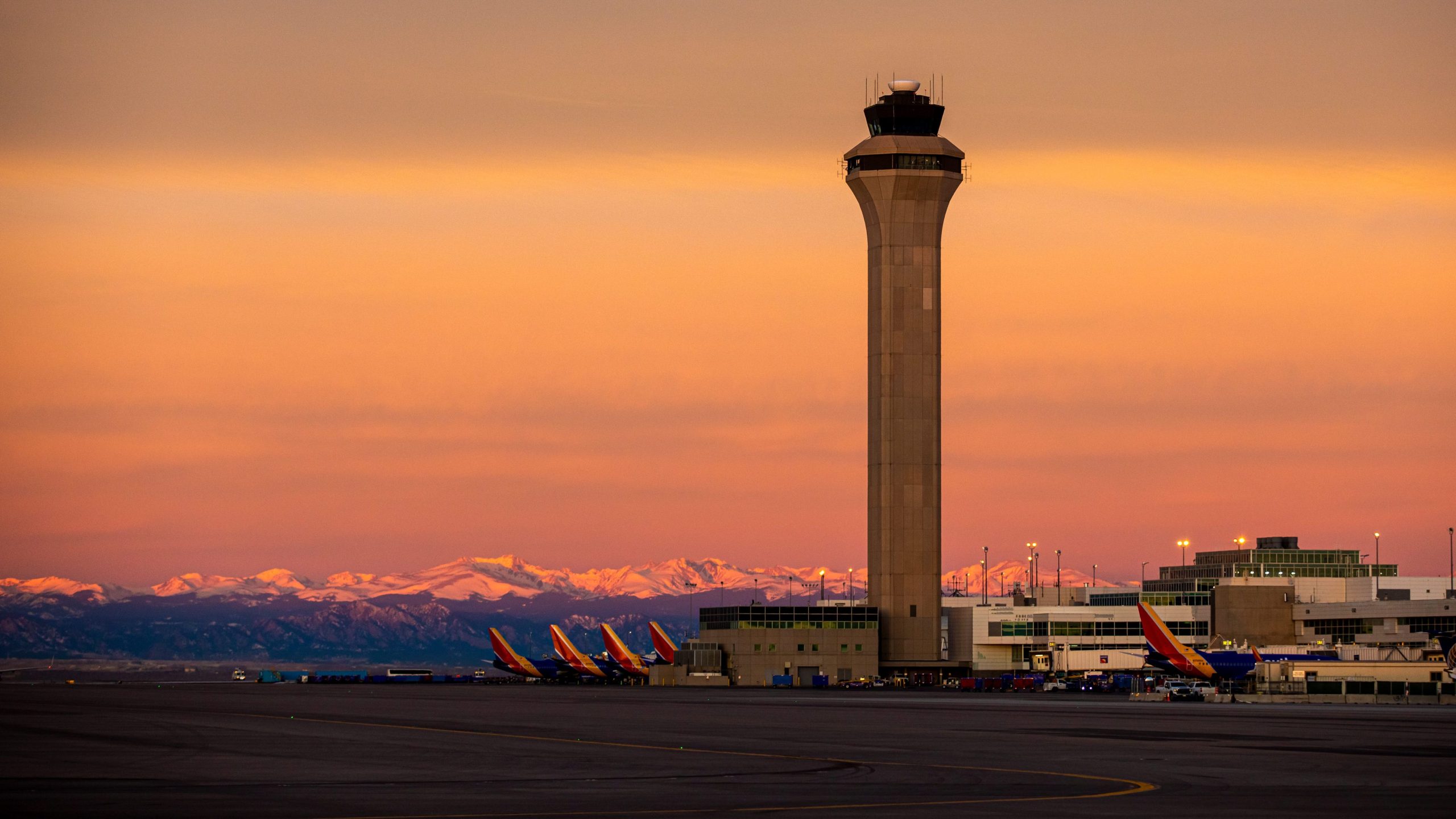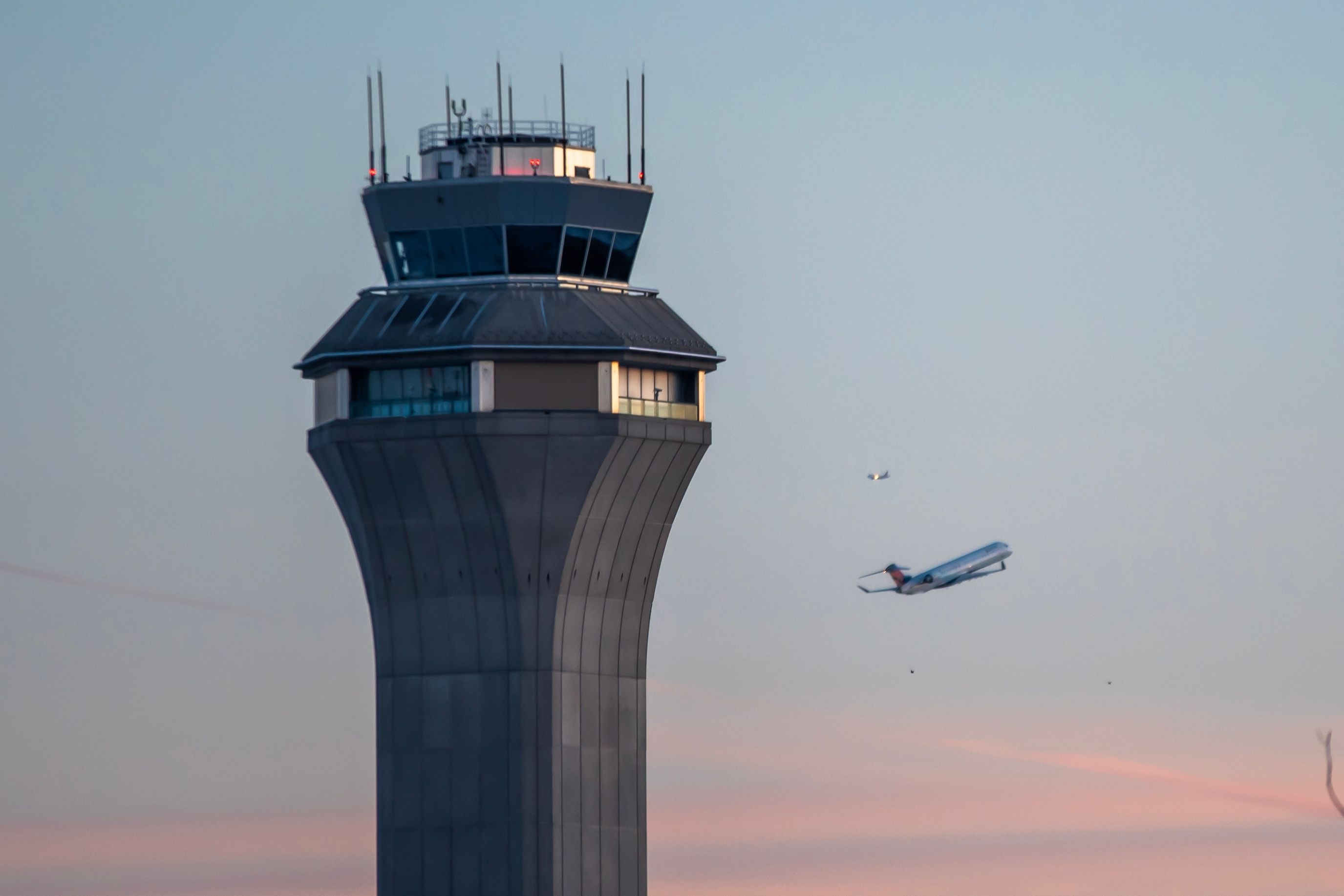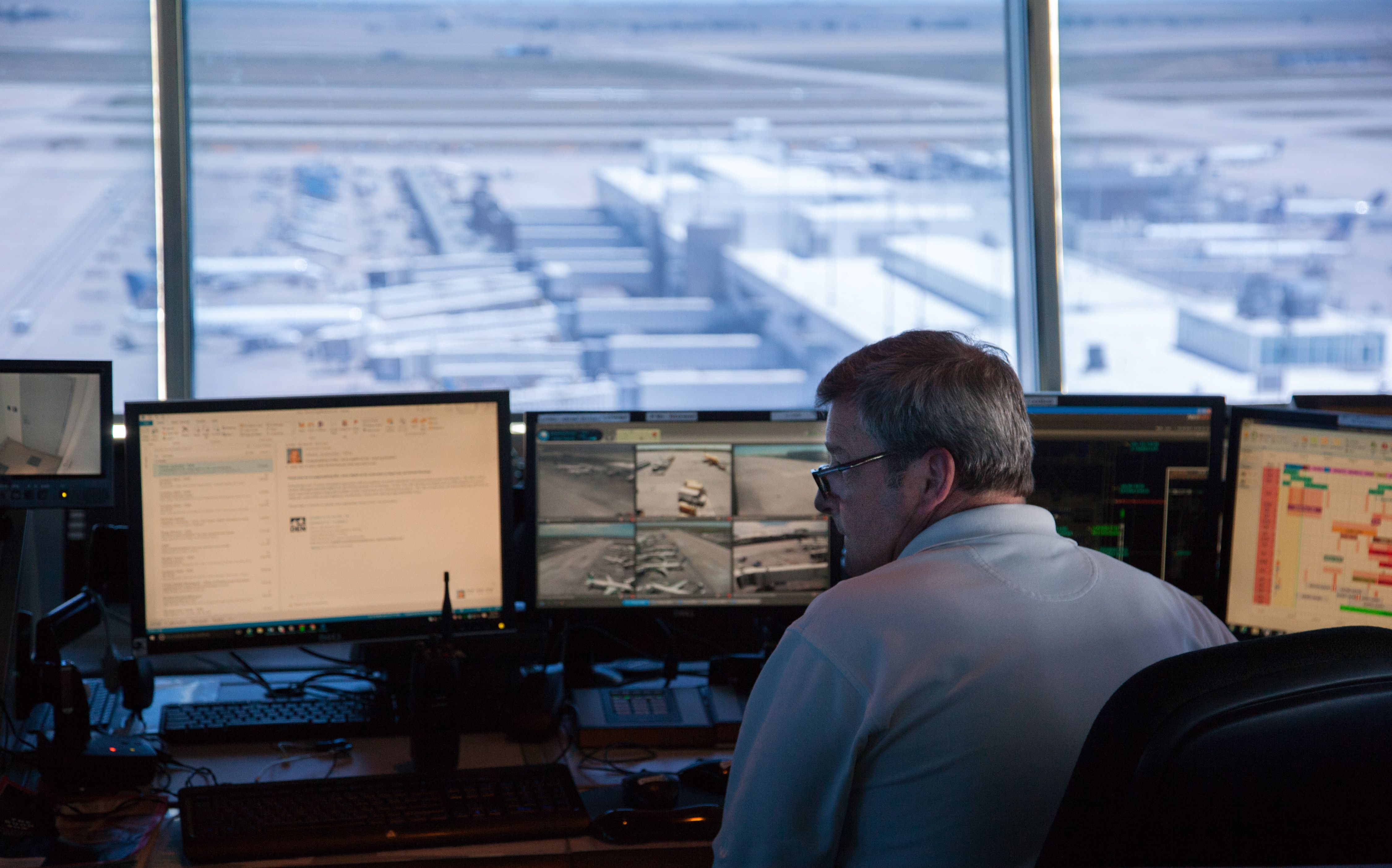Summary
- The upcoming government shutdown could potentially disrupt air transportation in the US, affecting essential services such as TSA, FAA, and the Federal Air Marshal Service.
- Thousands of employees will be affected, with concerns about their mental health and ability to perform their duties due to the loss of income and related stressors.
- The shutdown could also halt training for incoming air traffic controllers, further exacerbating the existing staffing shortage in this critical role. This could set back progress in improving air traffic control workforce numbers.
An upcoming Government shutdown in the United States is set to potentially impede air transportation nationwide. The Federal Aviation Administration and Transportation Security Administration (TSA) are among the organizations affected by the current budget crisis, which will see the organizations run out of Government funding at midnight on Saturday if a deal is not met.
How could it affect travelers?
Government agencies, including TSA, the Federal Air Marshal Service, and the FAA, are considered essential services. This means they will continue to operate. However, staff will be doing so without pay. In previous government shutdowns, employees have received back pay. Still, there was a rise in unscheduled absences as employees lost morale or could not afford fuel to return to their unpaid yet essential work.
According to the White House, over 13,000 air traffic controllers, 50,000 Transportation Security Officers, and thousands of other FAA and TSA personnel will be affected. The concern for air travel and safety is not limited to just unpaid employees calling out of work. There is also a genuine concern for the mental health of the thousands of affected employees who risk becoming distracted and otherwise compromised by worries associated with the loss of income and related stressors.
Photo: Paparacy/Shutterstock
A previous shutdown in 2019 saw significant disruptions across the nation. This was primarily felt in the third week of the shutdown as essential employees nationwide experienced their first blank paycheck. Callout rates spiked nationwide, causing a ground stop in New York. Other major airports, including Atlanta, Newark, and Philadelphia, were forced to delay flights significantly.
Air Traffic Control training goes on hold.
The cut in federal funding directly affects training for incoming air traffic controllers. According to Transportation Secretary Pete Buttigieg, air traffic control numbers are finally headed in the right direction. There has been a significant shortfall in US controllers following the Federal Aviation Administration’s academy in Oklahoma City closing over the pandemic, which left a substantial shortfall in subsequent years.
The Department of Transportation has been acting decisively to alleviate the shortfall, hiring 1,500 additional controllers this year. However, this is still 3,000 controllers short of staffing targets, and a quarter of controllers are not yet fully certified. A potential shutdown would halt any training and take trainees out of control towers. Speaking before the House Transportation and Infrastructure Committee, Secretary Buttigieg expressed his concerns:
“We now have 2,600 air traffic controllers in training. A government shutdown would stop that training. Even a shutdown lasting a few weeks could set us back by months or more because of how complex that training is,”
“We cannot afford that kind of politically driven disruption at the very moment when we finally have those air traffic control workforce numbers headed in the right direction.”
Photo: Denver International Airport
Staffing air traffic control towers continue to be a problem in other locations. A third of controllers at London Gatwick Airport are currently out sick, forcing the airport to cancel flights this week until staffing is back to adequate levels.
Source: New York Times, Condé Nast, ABC



